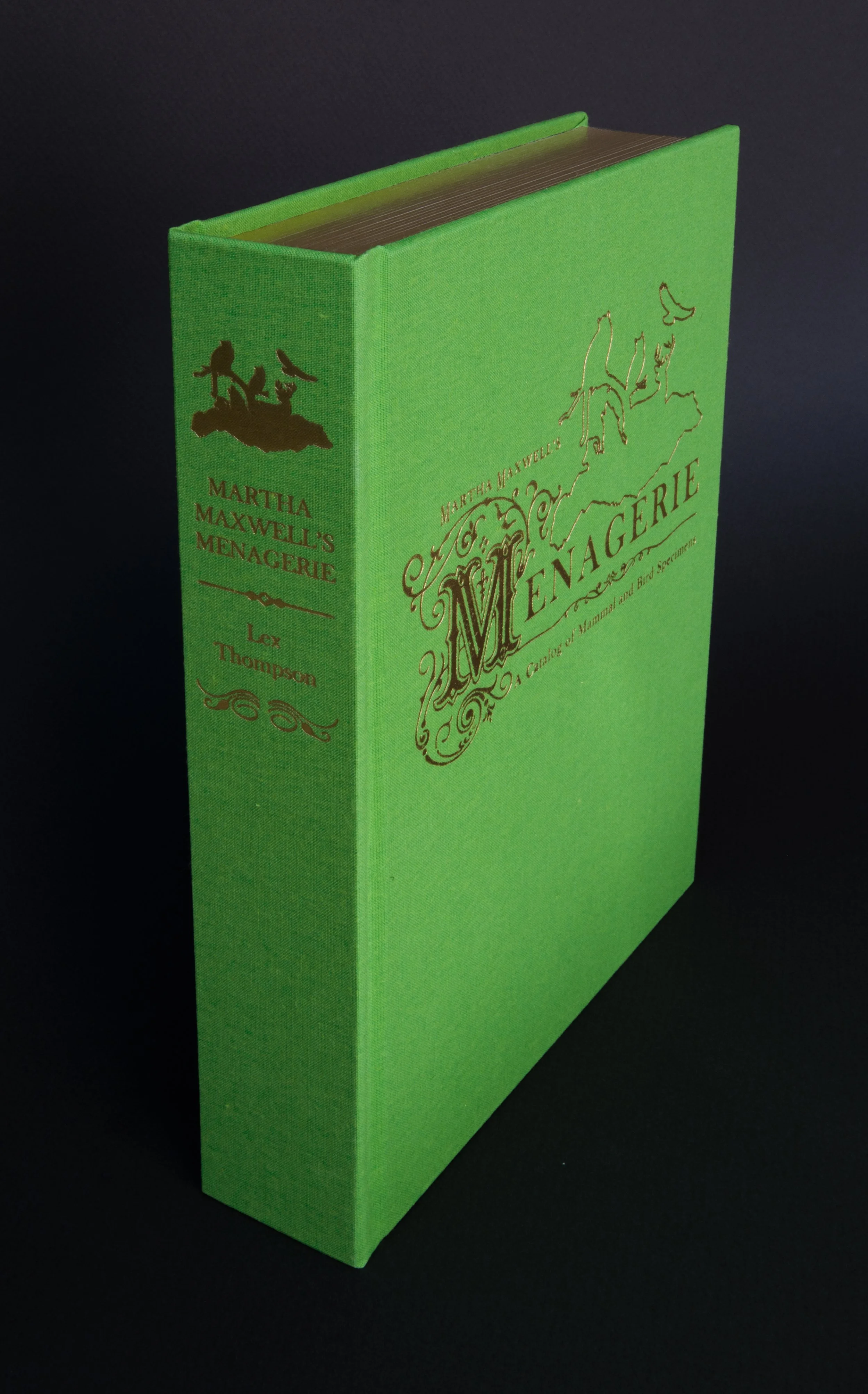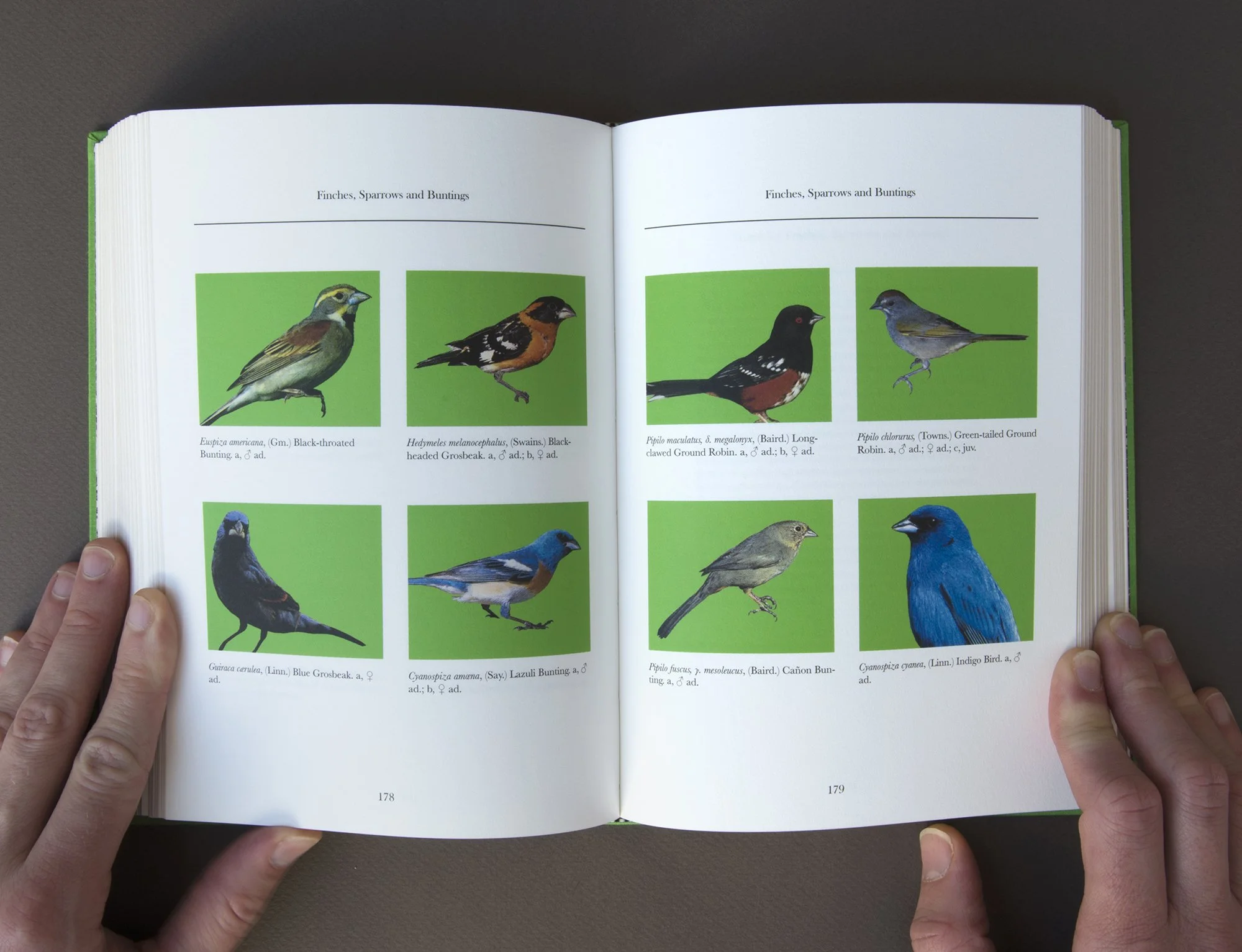Martha Maxwell’s Menagerie
Over her lifetime, Colorado naturalist, Martha Maxwell shot and stuffed thousands of animals. In 1874, she put the animals on display in her Rocky Mountain Museum, a natural history museum on the second floor of the only brick building in the frontier town of Boulder, Colorado. A year and a half later she moved the museum to Denver, hoping to find a larger audience. Relocating, however, would not prevent commercial failure – income could not keep up with expenses. Still, her scientific work and the museums were well regarded, by the public and fellow naturalists. She was a pioneer in her field. Maxwell was one of the first people to install animals in habitat group dioramas – an innovation for which most histories fail to properly credit her.
Maxwell was invited to be Colorado’s representative to the 1876 Philadelphia Centennial Exposition. Entitled Women’s Work, her exhibition was a massive habitat diorama that included hundreds of mammals, large and small, and even more birds. She displayed a few live animals and built running water into the environment. Destitute upon realizing this monumental installation, she built a cave within her Philadelphia exhibition in which to live for the duration of the fair – turning herself into a part of the exhibition. Attempts to commercialize her taxidermy through photographic mementos and other ancillary business ventures repeatedly failed. The exhibition travelled to Washington D.C. and Rockaway Beach, NewYork, where she died in 1881 at the age of forty-nine. All of the specimens from the Centennial Exposition were sold off and ultimately lost to neglect. While a small number of other specimens reside in museum collections, most of the animals she had intended for immortality through her art were lost to history shortly after her death.
Vol. 1
Martha Maxwell’s Menagerie: A Catalog of Mammal and Bird Specimens (2017)
8.5x6x2”, 310 p., gold gilt edges, hand marbled endsheets
Martha Maxwell's Menagerie: A Catalog of Mammal and Bird Specimens illustrates lists of Maxwell’s specimens made by Elliot Coues and Robert Ridgeway to create a nineteenth-century style natural history folio. My combing through existing books and images (a contemporary mediated searching) to find each animal mimics Maxwell’s hunting in the field. The creatures are pasted onto chroma-key green rectangles, a background of cinematic, imagined potential, to highlight their extraction from the environment.
Vol. 2
Martha Maxwell’s Menagerie: Extant Specimens (2019)
8.5 x 6 x 1.5”, 223 p., green gilt edges, hand marbled endsheets
Of the thousands of animals Maxwell collected, one hundred twenty-seven specimens remain - one hundred thirty-two if the Smithsonian’s woodpecker eggs are counted individually rather than collectively. The largest quantities of specimens are preserved at the Museum of Comparative Zoology of Harvard University, the Smithsonian National Museum of Natural History, and the Field Museum of Natural History, respectively. In addition to those groups, a lone rosy finch resides, one each, at the Bell Museum of the University of Minnesota, the Royal Ontario Museum and the University Museum of Bergen, Norway. Almost all of the specimens are simple study skins. One mounted dusky grouse chick lives at the Smithsonian; the only remaining example of Maxwell’s taxidermy talent. The mounted finch at the Bergen Museum was stuffed and posed by the museum after its arrival in Norway. The photographs in this book record all of the known remaining specimens from Maxwell’s life and work. The lists of Maxwell’s specimens made by Elliot Coues and Robert Ridgway, illustrated in the previous volume of Martha Maxwell’s Menagerie, give an idea of the breadth of her collection, numbering hundreds of species. The individuals in this volume, representing the remaining specimens, do include a few animals not on those lists, but evidence a much narrower range of species; demonstrating just how much of her work has been lost.
Together these two books join an imagined vision of the past based on historical record, and a contemporary record of the past based on historic artifacts – two complementary and antithetical ways of telling the story of Maxwell’s zoological endeavor.
Two Volume Set in Wooden Slipcase
Edition of 5

Vol. 1 - Cover

Vol. 1 - Endsheets

Vol. 1 - Pages 36-37

Vol. 1 - Pages 178-179

Vol. 1 - Pages 234-235

Vol. 1 - Pages 238-239

Vol. 1 - Pages 276-277

Vol. 2 - Cover

Vol. 2 - Pages 20-21

Vol. 1 - Pages 172-173
